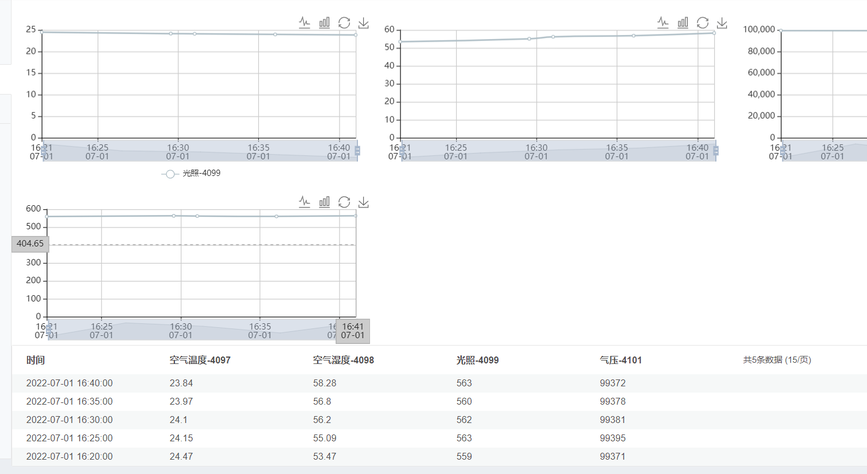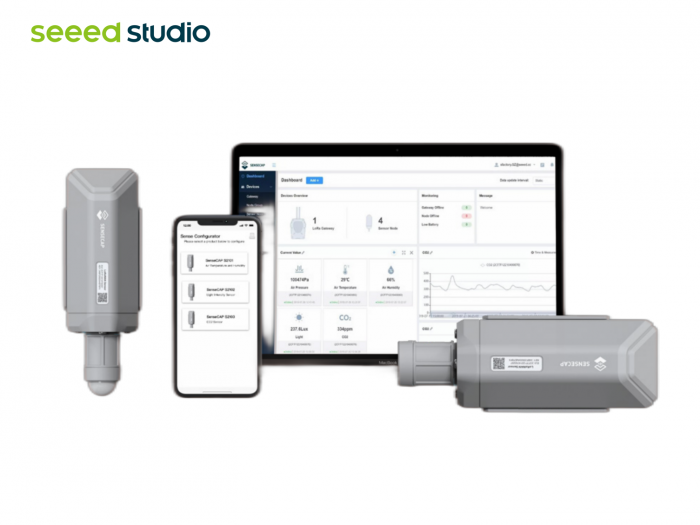Smart Village Workshop Recap: A Workshop to Digitalize Villages
Hey community,
You might be quite familiar with the term digital tranformation. How does it look like when it comes to rural area? What’s a digital village? To unleash the huge potencial of AIoT in digitalizing villages, we’ve launched a Smart Village Solution, where you can find a full-stack hardware and software solutions to better digitalize villages meanwhile addressing the SDG challenges.

Check your scenarios and discover the solutions, and get to know our success stories at our Smart Village Solution Page.


In order to let Seeeders (people who work at Seeed) better understand how our products can be used in the villages, we organized an internal hands-on workshop centering around “Smart Village” last Friday. We invited 10 Seeeders whose families own farming land in rural area in various provinces to participate the workshop. 2 technical mentors (Leo and Wanli) were here as the workshop tutors to give explanations and practical guidance. Using our SenseCAP Wireless CO2 Sensor, SenseCAP LoRaWAN Outdoor Gateway, SenseCAP 4-In-1 Weather Sensors and SenseCAP 4G Data Logger as the hands-on tools, all the participants had an in-depth experience of applying the industrial products in meteorological monitoring.
To be specific, the 10 Seeeders who participated in the workshop are from non-technology background. But with the instruction from the tutors, they all completed the devices deployment and got the monitoring data successfully as the products used are particularly easy for all to get started with! Let’s take a closer look at the workshop!

At the very beginning, the tutor Leo, the Technical Appcation Lead at Seeed, explained the necessity of applying technologies to villages. To be brief, technology can play an extremely important role in improving farming efficiency and lowering resources inputs. A major part of the digital village is smart agriculture, and the key premise of digital agriculture lies in monitoring and perception, then analytical decision-making and intelligent execution at last.
After the background introduction, the hands-on section began. The participants were guided to bind the device and configure the SenseCAP Outdoor Gateway in order to access the LoRa PP network. Then the partipants powered on a SenseCAP Wireless CO2 Sensor and connected it to the network.

The second hands-on practice is to build up weather station with SenseCAP 4-In-1 Weather Sensor and SenseCAP 4G Data Logger. The tutor Wanli, a community manager at Seeed, showed the participants the interface and usage of the Weather Sensor and Data Logger, including antenna interface, sensor channel interface, Power cord connector, power switch and status indicators.


And then he showed how to deploy in just 4 steps to collect data in real time. After installing the antenna and registering an account, the particpants turned on the devices. Five minutes later, the data of temperature, humidity, air pressure and light intensity was shown on the web page! The workshop closed, every participant presented a brief report on the overview of field at home and future product application plans. Let’s stay tuned for their smart viallage applications.


By the way, the teaching tool we used this time is the first generation sensor node, which has been upgraded to the second generation-SenseCAP S210x Series end nodes, and we’ll use this new series in subsequent workshops.

Here’s the newest video of the SenseCAP S210x Series unboxing and shows how to deploy in your area
To stay updated on the latest news, you’re invited to follow us on Twitter or join our Discord Community.
Meanwhile, you can keep track of the latest news and information of the SenseCAP MX Helium Hotspot series through our official site.